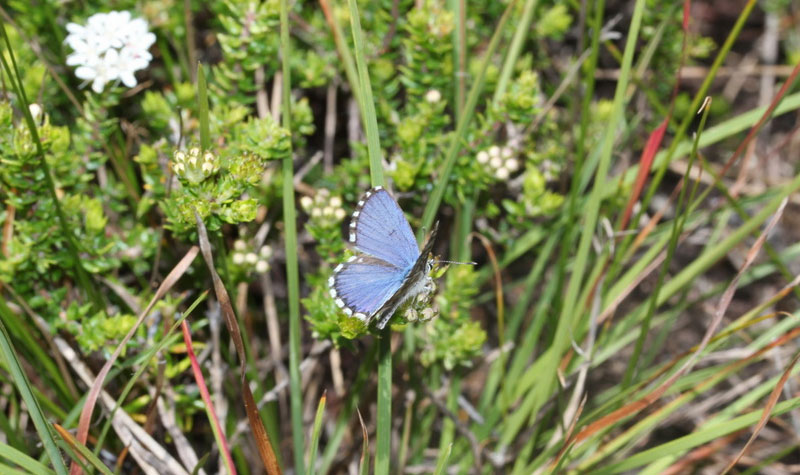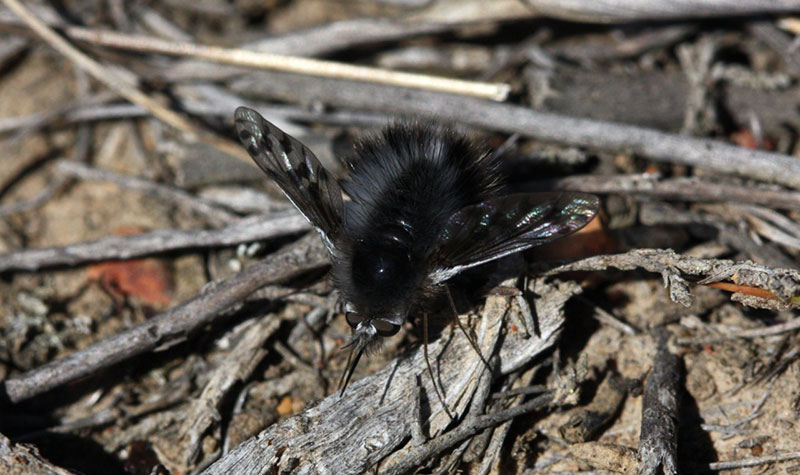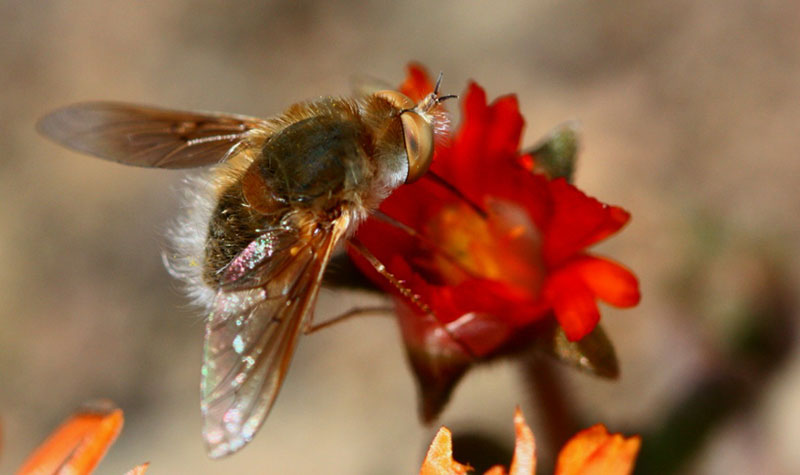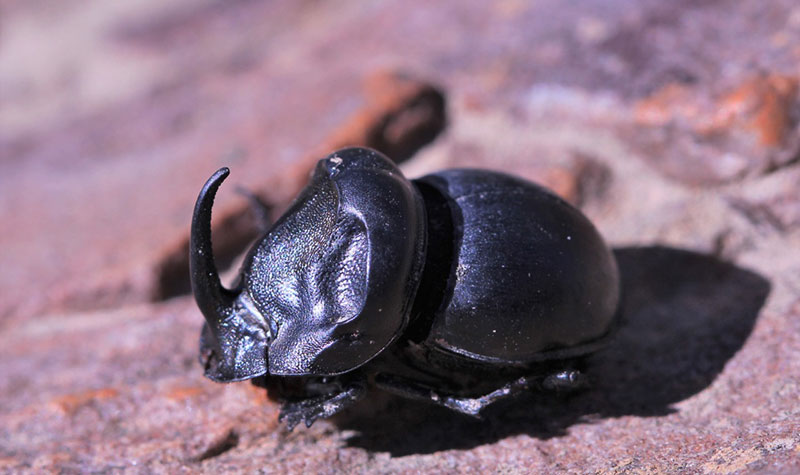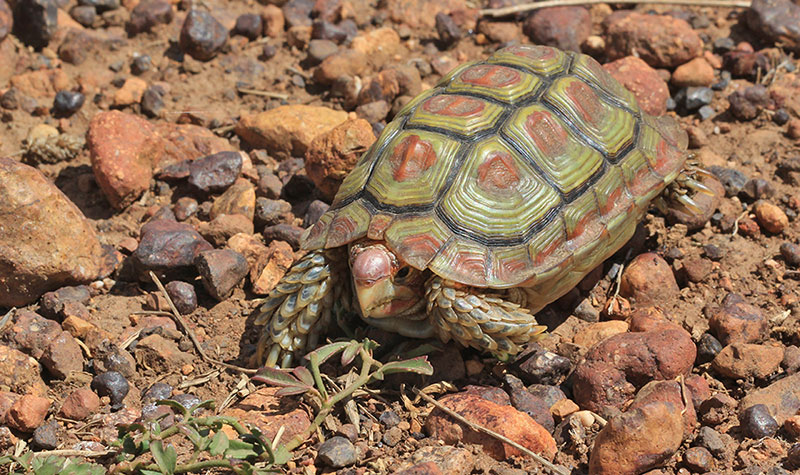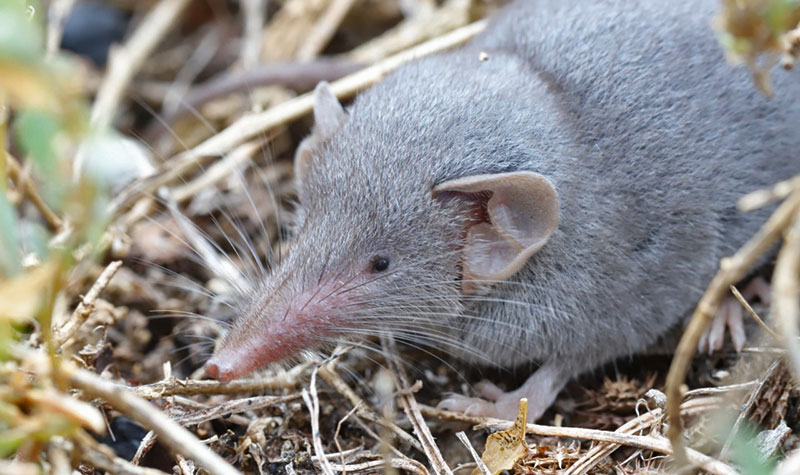By Nande Notyalwa
Despite high levels of fragmentation, the Renosterveld continues to support an astounding level of biodiversity that is not limited to plants but includes an assortment of small insects, birds, reptiles and mammals. These smaller assemblages of wildlife create mini ecosystems teeming with diversity.
This Biodiversity Day we look into and celebrate these tiny, yet wonderful species.
The Fynbos Blue
To truly experience Renosterveld, you need to get down to your hands and knees and immerse yourself in the shrubland. As you gaze around the veld, a very small and discrete butterfly may flit towards you. It perches on a flower, and opens its wings to reveal a violet-blue colour with pale square markings first hidden by its black and white checkering on the underside. The Fynbos Blue (Tarucus thespis) is a tiny butterfly with a wingspan ranging just 20-27mm. When it has finished feeding, this minute butterfly leaves the flower flying low and fast, circling away into the veld.
Above: Fynbos Blue (Tarucus thespis)
The Bee Fly
Just then another insect captures your attention owing to its unique appearance. It looks like a bee, but upon closer inspection it also has a striking resemblance to a fly. These insects are known as Bee Flies (Bombyliidae) and resemble bees because of their plump and furry appearance. They have a wingspan of only 20mm. Bee Flies are often active at the hottest time of the day using their elongated and tubular mouthpart to feed on a variety of flowers, making them a crucial component of Renosterveld pollination.
Above: Bee Fly (Bombyliidae)
The Dung Beetle
Suddenly a ball of dung seems to cautiously propel itself towards you. However, beneath it is a stout beetle belonging to the Scarabaeidae family of Dung Beetles, commonly brown or black in colour and varying in size, with the body length of some even reaching 10mm. This rare Renosterveld special, Copris sexdentatus, is found in the family of Rhino Beetles. It either buries or shapes the dung into a ball and rolls it away. They may only feed on dung – but they are selective about the type of dung, preferring herbivorous dung in comparison to reptiles or larger carnivores.
Above: Rhino Beetle (Scarabaeidae)
The Padloper
While walking through a rocky patch in the veld, a small and brightly coloured tortoise with a rather hooked beak slowly reveals itself. With its shell ranging from 60-165mm in length, the Parrot-beaked tortoise (Homopus areolatus) is one of the world’s smallest tortoises and calls the Renosterveld home. They’re known as Padlopers and are good climbers, negotiating rocky and steep climbs with ease and determination. They feed on a variety of shrubs, herbs and succulents.
Above: Parrot-beaked tortoise (Homopus areolatus)
The Reddish-grey Musk Shrew
The sky turns into a warm orange hue as the sun sets signalling the end of another day in the Renosterveld. Dusk, however, also starts to awaken the nocturnal residents of the veld. Beneath the shrubland, fierce and tiny mammals with long snouts that resemble rodents are actively hunting. Often preferring dry habitats in comparison to other shrews, the Reddish-grey Musk Shrew (Crocidura cyanea) averages less than 10g. They are solitary omnivores, mainly preferring to hunt cockroaches and crickets every night.
Above: Reddish-grey Musk Shrew (Crocidura cyanea)
Harbouring the invisible
Conserving the Renosterveld not only protects species visible, but also protects those invisible species that form part of this shared home. Biodiversity Day reminds us of the importance of all species in supporting all life.


